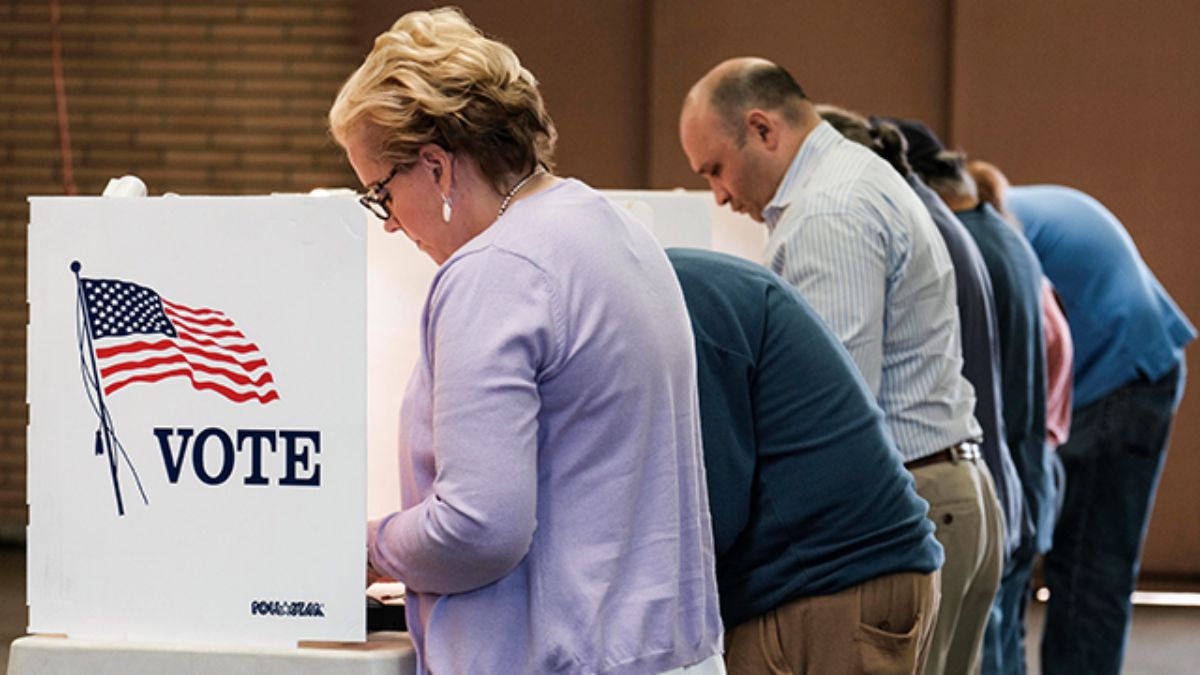South Dakota, with a population of just under 900,000, plays an important role in US presidential elections due to its distinct voting history and demographic composition. Here’s a comprehensive look at its political profile, including voting trends, demographics, and key elections.
Voter demographics
South Dakota, a majority-White, mainly rural state in the Midwestern Plains, is normally a Republican stronghold at both the state and presidential levels, despite being more populated than—and voting to the left of—neighbouring North Dakota. It hasn’t voted for a Democratic presidential candidate since Lyndon B. Johnson carried it in 1964, against the backdrop of his nationwide landslide victory. It has only been competitive (within 5 points of a Democratic victory) in three elections since then: 1976, 1992, and 1996, all elections the Democratic nominee won. Even South Dakota Senator George McGovern failed to carry his home state as Democratic nominee in the Republican landslide of 1972.
The Black and Asian populations in South Dakota remain relatively small, each accounting for less than 2 percent of the population. Despite this demographic distribution, the political power of Native American voters can be influential, especially in local elections.
Voting history: South Dakota has been a Republican stronghold in presidential elections since 1968. In the 2020 presidential election, Donald Trump won South Dakota by a comfortable margin, receiving 61.8% of the vote compared to Joe Biden’s 35.6%.
Swing state status and electoral importance
South Dakota is not considered a swing state in US presidential elections. Its voters have been reliable to the Republicans for over five decades, with little chance even this time of any unprecedented shifts in the upcoming election.
South Dakota may not be a swing state, but its consistent support for Republican candidates makes it a crucial part of the GOP’s electoral map. With a predominantly white population and a small but politically significant Native American presence, the state’s political dynamics are stable. Although South Dakota has not produced a U.S. president, its association with figures like George McGovern ensures that it remains part of the broader story of U.S. presidential elections.
Impact Shorts
More ShortsPresidential connections
South Dakota has not produced a U.S. president, although it has notable political figures who have had significant national influence. One such figure is George McGovern, a South Dakota native who ran as the Democratic nominee in the 1972 presidential election. McGovern, a former senator and World War II veteran was known for his staunch opposition to the Vietnam War. However, his bid for the presidency was unsuccessful, as he lost to incumbent President Richard Nixon in a landslide. McGovern’s candidacy remains one of the most memorable moments in South Dakota’s political history despite his defeat.
Memorable elections
One of the most memorable elections tied to South Dakota was George McGovern’s 1972 presidential campaign. As the Democratic nominee, McGovern ran on an anti-war platform that appealed to the left, but his views were considered too radical by much of the electorate. Nixon’s overwhelming victory in that election highlighted the challenges that Democrats face in securing votes in South Dakota, a state with conservative values and strong Republican loyalty.
Another key moment in South Dakota’s political history came in the 1948 election when the state played a role in Harry Truman’s surprise victory over Thomas Dewey. South Dakota voted for Dewey, the Republican candidate, in that election, but Truman’s unexpected national win remains a notable historical event.


)

)
)
)
)
)
)
)
)



